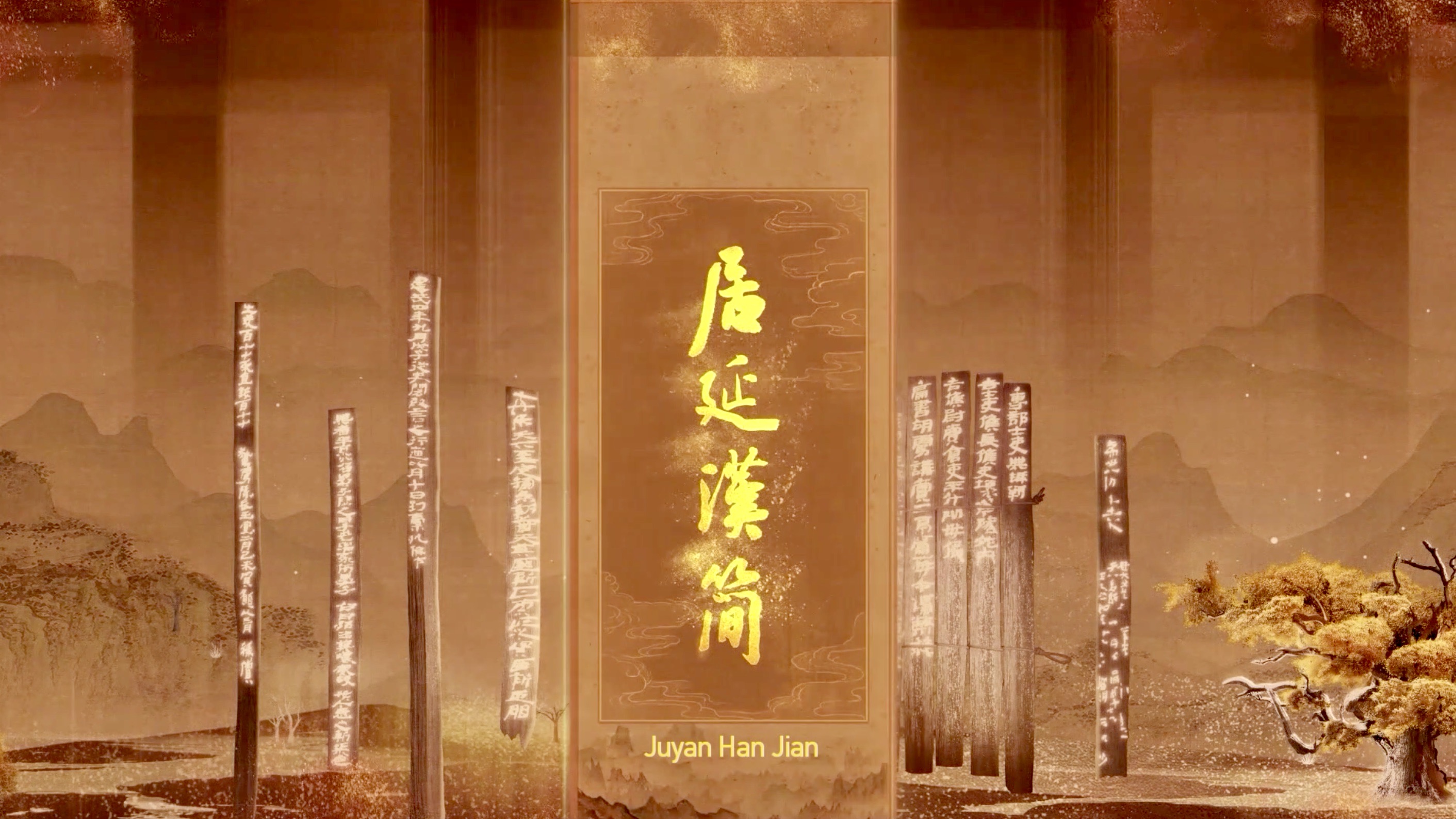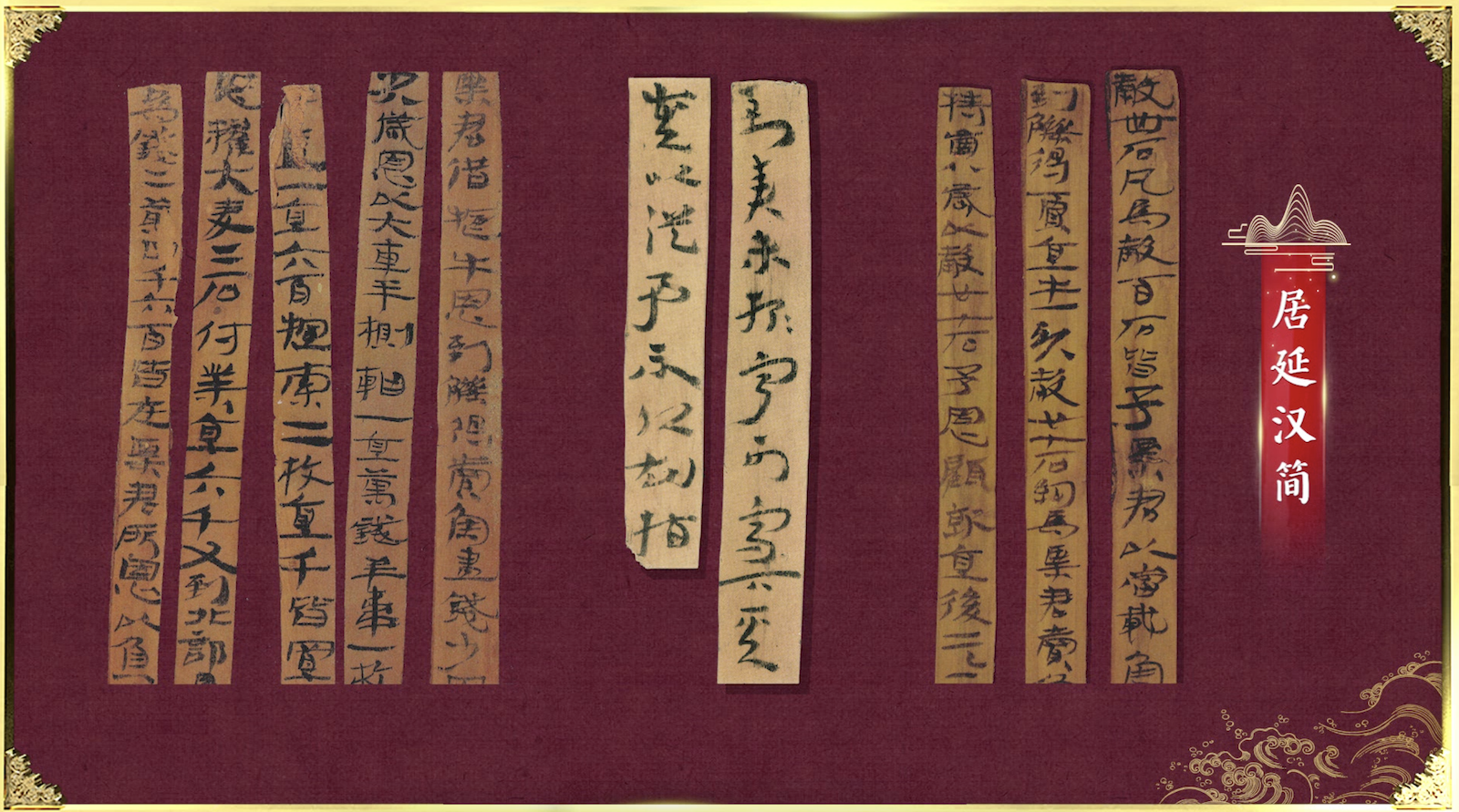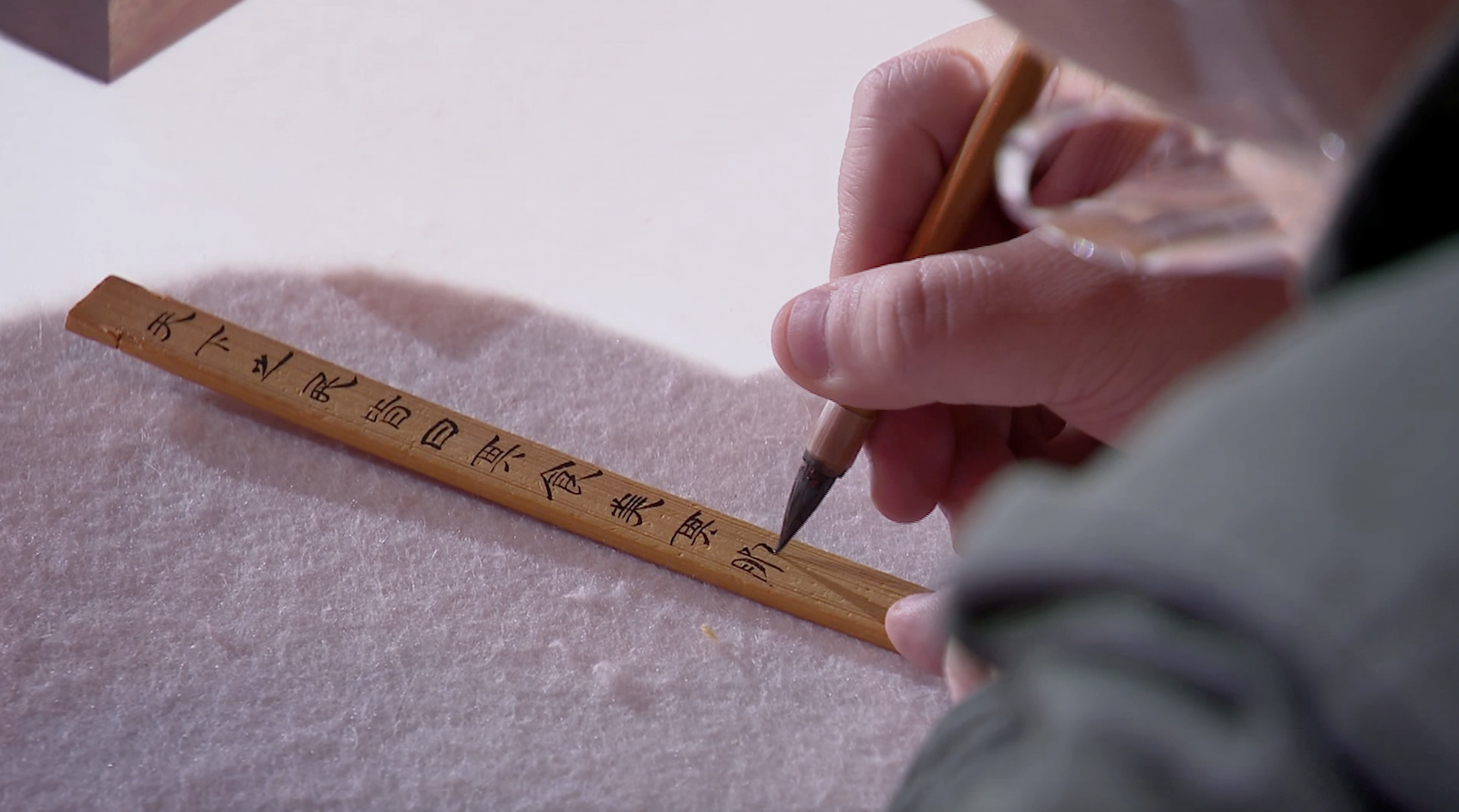Unearthed in northwest China, the Juyan Han Jian serve as relics from the Han Dynasty (202 BC-220 AD), featuring characters written on wooden and bamboo slips. These cultural treasures not only showcase the clerical script that was popular during this period, but also reflect the rich history of this long-reigning dynasty.
10:37

The Juyan Han Jian were first discovered in 1930 by a team of Sino-Swedish archaeologists. During the joint expedition, more than 14,000 wooden slips were unearthed. Because these slips, known as Jian in Chinese, were mostly found in the territory of the Juyan Commandery, they were named the "Juyan Han Jian."
So far, more than 40,000 Han Jian have been discovered in the Juyan region. They touch on such topics as politics, military, economy and culture of the time as well as people's everyday lives during the Han Dynasty. Therefore, they can be considered as an "encyclopedia" of the Han Dynasty.
Besides, they also allow us to appreciate the calligraphy written over 2,000 years ago during the Han Dynasty which are regarded as precious documents for studying the historical development of this time-honored Chinese art form.

The Juyan Han Jian not only showcase the clerical script that was popular in Han Dynasty (202 BC - 220 AD), but also reflect the rich history of the period. /CGTN
The Juyan Han Jian not only showcase the clerical script that was popular in Han Dynasty (202 BC - 220 AD), but also reflect the rich history of the period. /CGTN
Before the discovery of the Juyan Han Jian, people normally referred to the inscriptions found on stone steles when studying the clerical script from the Han Dynasty. However, the stone steles were created in a very solemn and serious manner. They were very refined. With relatively simple and plain brush strokes, the Juyan Han Jian help reveal the most authentic state of daily writing at that time, according to Professor Qiu Zhenzhong from the Central Academy of Fine Arts.
"All the brushstrokes in the Juyan Han Jian can be divided into three categories. The first category is wavy lines, the second is curved lines, and the third is close to straight lines. What is particularly interesting is this third category. When we observe them carefully, we find that they still resemble the shape of waves. Why is that? Because this is more convenient for writing continuous script. This is the typical form of brushstroke for clerical script. With the discovery of the Juyan Han Jian and our observation of them, we have filled in an important blank in the history of calligraphy and the development of brushwork in China," explained Qiu.
Professor Ye Peigui of Capital Normal University noted that the clerical script that originated in the Han Dynasty is a key starting point in the art of calligraphy.
"The clerical script originated and was developed during the Han Dynasty. During this period, we can see that the main materials used to make texts were bamboo and wooden slips. They provided ample space for the expression of calligraphy. Therefore, the formation of this clerical script can be regarded as a key starting point in the art of calligraphy," said Ye.

A calligraphy enthusiast writes down his hopes and goals for the future on a bamboo slip in clerical script. /CGTN
A calligraphy enthusiast writes down his hopes and goals for the future on a bamboo slip in clerical script. /CGTN
Having personally been involved in the excavations of Juyan Han Jian, Professor Wei Jian from Minzu University of China emphasized that it was important for calligraphy enthusiasts to not only understand the history behind these texts, but also appreciate the effort it took to discover these valuable cultural relics.
"The Juyan site is located in the Badain Jaran Desert in the westernmost part of Inner Mongolia. This area sees less than 40 millimeters of rainfall a year, compared to around 4,000 millimeters of lost water, or evaporation, over the same period. In addition to its arid climate, it also endures sandstorms. It can be said that each piece of the Juyan Han Jian was a challenge to obtain," said Wei.
Chinese calligraphy has been constantly innovating and developing as an art form, evolving into various styles such as the commonly known clerical script, regular script and running script throughout history. It has been used to record the most wonderful stories from all around China. And these stories continue to live on through calligraphers' brushes today.